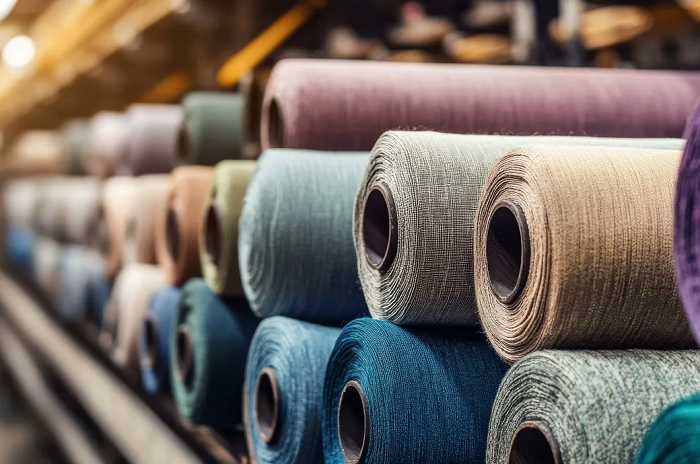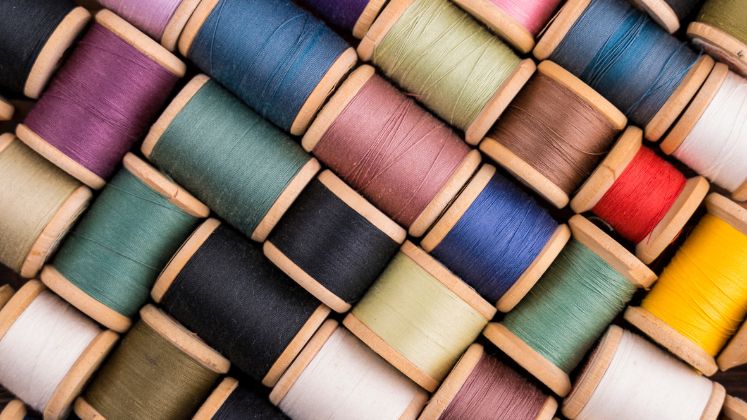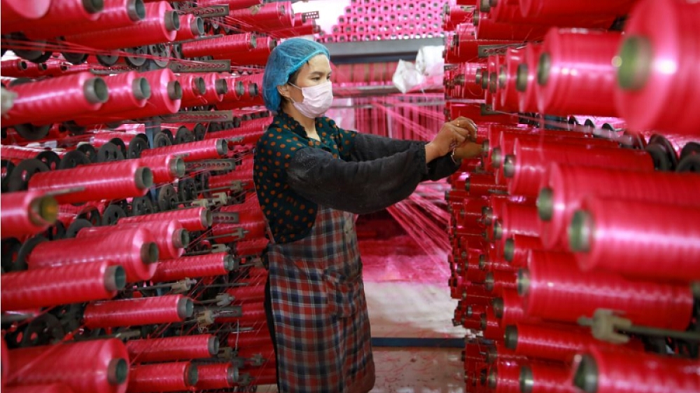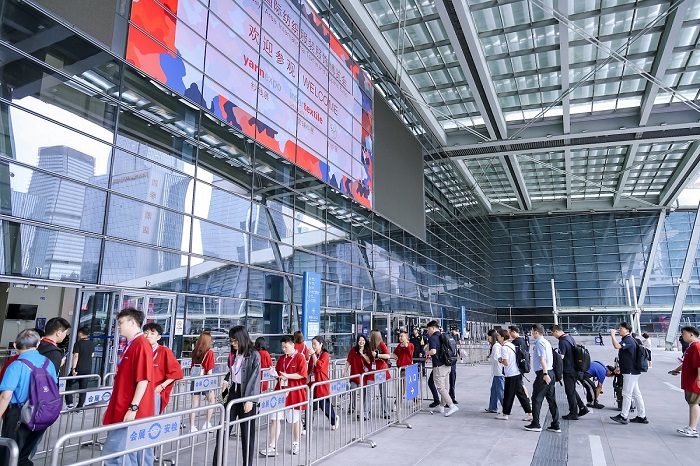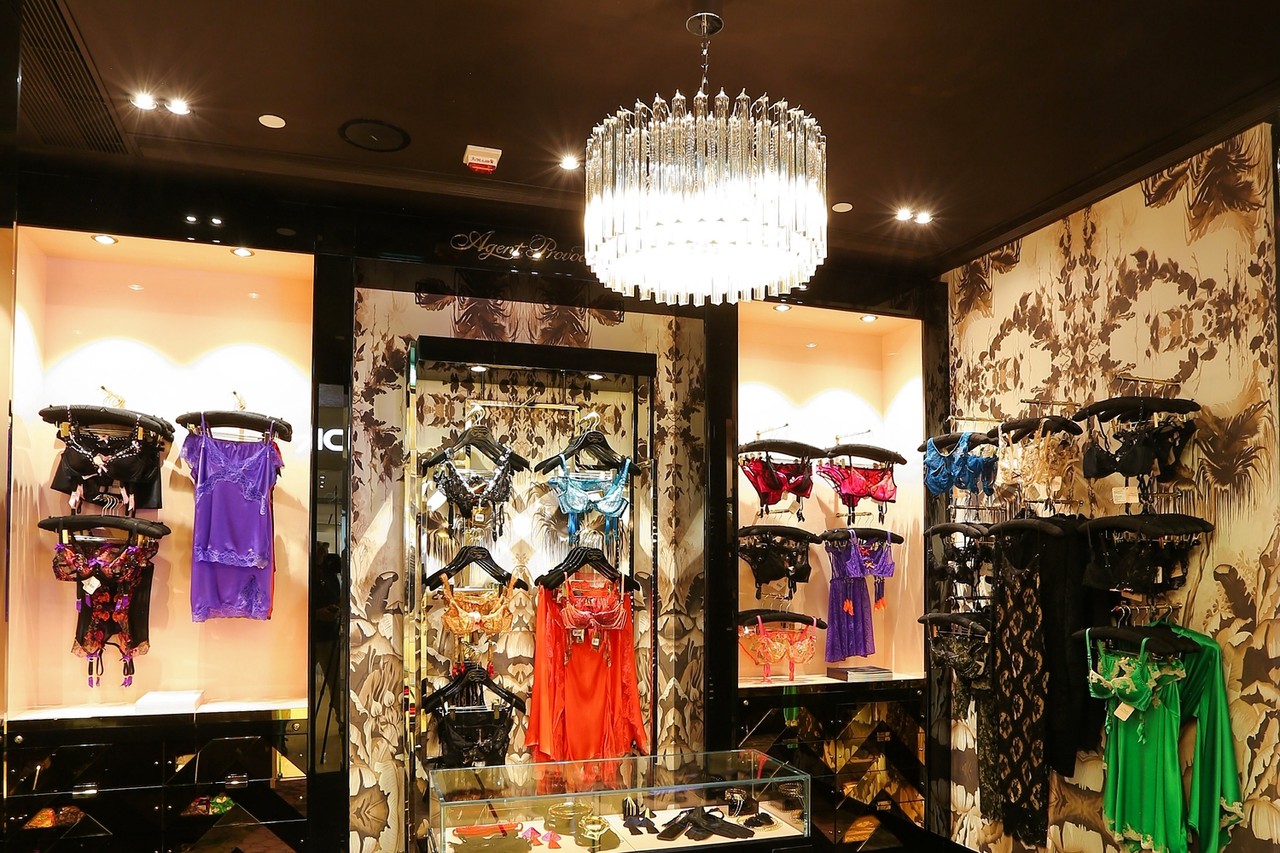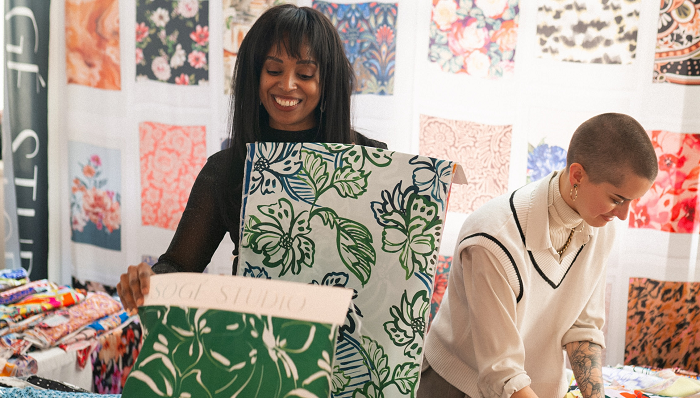FW
Lenzing has once again joined a group of companies which have been accepted for listing in the VONIX index (VBV Austrian Sustainability Index) for a period of one year. The company has been on the list for eight years already and has been given a good rating again this year.
Since 2005, around 60 publicly traded Austrian companies are analysed each year on the basis of approximately 100 environmental and social criteria. In the 2013-14 index year, the performance of the VÖNIX index was reflected in a 10.6 per cent gain in value, thus 3.6 percentage points lower than the ATX Prime.
A total of 22 stocks (alphabetically listed) will be included in the VONIX 2014-’15 index. The Lenzing Group is a market leader with headquarters in Austria, production sites in all major markets as well as a worldwide network of sales and marketing offices. It supplies the global textile and nonwovens industry with high-quality man-made cellulose fibers. The portfolio ranges from dissolving pulp, standard and specialty cellulose fibers to engineering services.
With 75 years of experience in fiber production, Lenzing combines the manufacturing of all three manmade cellulose fiber generations on a large industrial scale under one roof – from the classic viscose to modal and lyocell fibers.
www.lenzing.com/en/concern/home.html
Schoeller has introduced its latest fabric collection for summer 2016 that features embossed structures on supple soft-shells and jeans prints on functional cotton fabrics. Embossed as an oval red honeycomb structure on smooth outer fabrics, or as an irregular, greenish wood-bark look or in a neoprene look with grass-green squares for trims and inserts, these fabrics impress with their breathability, extreme durability, water and dirt repelling properties and ease of care.
Schoeller is a pioneer in the development of functional, sturdy, hard-wearing stretch fabrics. The range of abrasion-resistant, permanently elastic dry skin double fabrics extends from ultra light soft shells to dense, compact versions in intensive, sporty colors or sophisticated classics. On the inner side of the jacket or pants fabrics, a functional layer ensures speedy moisture transport. Additional abrasion protection in exposed areas is provided by the structured, elastic rip-stops.
The Cool Fabrics from Schoeller feel tangibly cooler and protect the wearer from overheating. The functional micro-coating on the reverse actively balances out body temperature, generating a pleasantly cool comfort-climate which, in turn, positively affects performance capacity.
The light wool blend fabrics in vibrant shades of blue, green or red also offer shelter from a light season rain. Here the addition of NanoSphere technology lends permanent, reliable water and dirt repellence.
www.schoeller-textiles.com/
Year 2014-'15 global cotton mill use is forecast at 112.3 million bales, two per cent above the previous season. Mill use in China is expected to rebound in 2014-’15 to 37 million bales, up from an estimated 35.5 million bales this season and the highest in three years.
India’s consumption is projected to rise two per cent, a record, as demand for India’s textile product exports is expected to remain strong. Expansion of cotton mill use in Pakistan is also likely to continue in 2014-’15, rising three per cent above a year earlier. In addition to gains for the United States, cotton mill consumption is also projected to rise in Turkey and Bangladesh.
World cotton trade, on the other hand, will be 13 per cent below 2013-’14 and the lowest in four years, due mainly to China’s expected reduction in raw cotton imports. Imports are forecast to rise in Bangladesh, Indonesia, and Pakistan, while declines are seen for Turkey and Vietnam.
Exports are projected to decrease in 2014-’15 across major exporting countries with the exception of Brazil. For India, exports are forecast to decline 37 per cent while shipments from Australia are projected to decrease 35 per cent. Global ending stocks are forecast to reach 102.7 million bales by the end of 2014-’15.
Warwick has created the world's first textile using genetically engineered spider silk from Kraig. Warwick is a leader in engineering and development of advanced technical textiles and protective materials. Kraig Biocraft Laboratories is a developer of advanced spider silk based fibers. The Monster Silk textiles are the first of many textiles that will be created as part of Kraig’s joint development agreement with Warwick.
The first Monster Silk knits have proved that genetically engineered spider silk works well with existing manufacturing methods. The creation of these knits is a huge milestone in the progress toward making genetically engineered spider silk available for industrial and consumer applications. And these advanced materials process well on existing machinery.
Spider silk has been the subject of advanced research and development efforts for years because it has exceptional strength, elasticity and abrasion resistance as well as numerous potential technical textile applications. This fiber would have advanced medical, composite and possibly ballistic applications, among others — spider silk is said to be stronger than aramid and ten times as strong as steel.
A hybrid silk produced by transgenic silkworms is well on its way to commercialization primarily for traditional silk applications including apparel and medical applications such as sutures.
www.warwickmills.com/About-Warwick/Warwick-Mills-Legacy.aspx
Import of denim jeans into the European Union recovered in 2013, increasing 4.4 per cent in value and 8.6 per cent in volume terms, but average prices declined 3.9 per cent. European Union nations imported 494 million pairs of denim jeans in 2013. Between 2007 and 2013, imports of jeans recorded an annual growth rate of 5.3 per cent compared to the growth figure of 2.2 per cent for overall EU clothing imports.
Jeans imports declined in 2012 thanks to the fragile European economy before returning to growth last year. Turkey, Bangladesh and China together account for 62 per cent of jeans imports at 69 per cent in volume terms, followed by Pakistan, Tunisia, Morocco and Cambodia. In 2013, China was overtaken by Turkey and Bangladesh in value terms, but remained the top volume supplier at 142 million pairs.
In terms of importing countries, Germany is the most attractive European market for jeans. It is the largest importer by both value and volume and is also the market with the highest growth rate. The second most attractive market is the UK. It is followed by Spain, which has experienced strong average annual growth since 2005. The market for imported jeans in France and Italy each represents about a third of the value of Germany. Italy purchases the most expensive jeans followed by Austria, Denmark, Germany and Sweden.
There are growing opportunities in the US for African clothing and textile producers under the African Growth and Opportunity Act (AGOA). The act runs from 2000 to 2015. Exports from Africa to the US under AGOA have grown by 500 per cent from 2001 to 2011, of which the textile and apparel industry amounted to almost a billion dollars. Despite this growth, the African share of the US market amounts to just one per cent, so there is ample opportunity for African manufacturers to increase their exports to the US.
Rising production costs in China means that US retailers are beginning to look elsewhere to fill orders. The quality of yarn and technology used by African textile manufacturers to produce their products is very good, yet companies struggle to make an impact in the US markets. One reason is that they cannot manufacture the volumes of merchandise sought by American retailers.
Under AGOA the best opportunities for African companies lie where the highest US duty rates are applied on exports from other countries. Since Africa can’t emulate China in terms of mass producing goods, African companies can cater to niche markets, creating new styles. African producers need a long-term preferential trade agreement is order to develop supply chains that can meet demand.
trade.gov/agoa/
Bangladesh is expecting better jute production this season especially in the north. Farmers have started adopting the latest line-sowing jute technology using seeder machines saving huge seed and reducing farming costs and ribbon-retting method to get quality fiber and more profit.
Farmers cultivated the Tosha variety of jute on over 0.17 million hectares of land, the Deshi variety on 13,635 hectares, the Mechhta variety on 4,607 hectares and the Kenaf variety on 2,275 hectares of land this season. A target of producing over 2.41 million bales of jute from over 0.22 million hectares of land has been fixed for the current season in the northern region.
To ensure farmers get a price, relevant steps have been taken to evolve a mechanized method for separating rotting jute fiber and so ensure a better quality of jute. However, jute targets could not be achieved fully this season due to the prolonged drought-like situation that caused lack of soil moisture hampering sowing of jute seeds, crop diversification and some other reasons.
Bangladesh is the second largest jute producer and a major exporter of the fiber in the world. Fabrics made of jute fibers are carbon-dioxide neutral and naturally decomposable. These properties are also why jute can be used in high performance technical textiles.
The EU Commission's criteria for awarding the Ecolabel to textile products, announced recently, include restrictions on hazardous chemicals in the manufacturing process. To get this label, manufacturers will have to ensure that products and production recipes do not contain hazardous substances listed in the restricted substance list (RSL) at, or above, the specified concentration limits, or according to the specified restrictions.
They are required to put together their own individual RSL, which covers any regulatory or preferential list of unwanted substances. This will also have to specify the verification and testing requirements for each production stage and for the final product. The list must be sent out to suppliers and agents responsible for the spinning, dyeing, printing and finishing stages of production, who must comply with it.
In addition, where required, laboratory testing based on random sampling must be carried out for each product line. The Ecolabel criteria say that testing must be carried out annually during the license period in order to demonstrate ongoing compliance with the RSL. The criteria also state that final products must not contain substances of very high concern (SVHC), or those on the candidate list. Along with chemical management criteria, Ecolabel also covers recycled content, energy efficiency and water management.
Ec.europa.eu
Lectra has announced the launch of Kaledo V4R1, the latest release of its design solution. Taken inputs from the textile customers that said product development teams and pre-production rely on the efficiency of designers to produce innovative and creative designs to ensure that fresh products reach stores on time, Lectra’s R&D teams developed this new version to respond to industry needs.
Kaledo V4R1 features a host of new tools including draper, a texture mapping module that simulates fabric on images and sketches, producing realistic results for speedy decision making in the collection and sales selection process. Kaledo realistically represents what a product will look like that enables designers to aptly present the end result to the clients or in-house design teams.
The latest release also introduces major improvements to colour management, such as better lighting options for increased colour accuracy. Users can now work with more complex knit and woven structures for sophisticated design options. Other features include new repeat, colour mask and transparency tools for more design flexibility.
www.lectra.com
The Pakistan Readymade Garments Manufacturers and Exporters Association (PRGMEA) has been able to garner huge response from Pakistani exhibitors with about 70 per cent stalls already booked for the 2nd edition of the ‘Made In Pakistan Expo 2014’ to be held in Mumbai from August 31 to September 5, 2014. The inaugural edition of MIPEM 2014 held from April 3 to 7, 2014 at Mumbai had also witnessed positive response.
The exhibition provides a platform to Pakistan-based companies to showcase their range of products and services to the Indian public and business community. The exhibition also contributes in promoting Pakistan-India economic relations by diversifying the existing trade patterns, thus introducing a wide range of quality Pakistani products in the Indian market.
Organisers expect to fetch in over Rs 3,600 crores worth export orders as compared to over Rs 2,400 crores received from the first edition. Pakistani fashion, lawn suits and garments are seeing great demand among the Indian women. PRGMEA has also arranged B2C and B2B meetings between the Pakistani exhibitors and manufacturers with Indian buyers and trade delegation would also visit India in the sidelines so that Pakistan exhibitors could avail maximum benefit from the event. Besides readymade garments, fashion clothing, and home textiles, handicrafts, marble items, food items and other goods would also be on display.
www.madeinpakistanexpo.com

